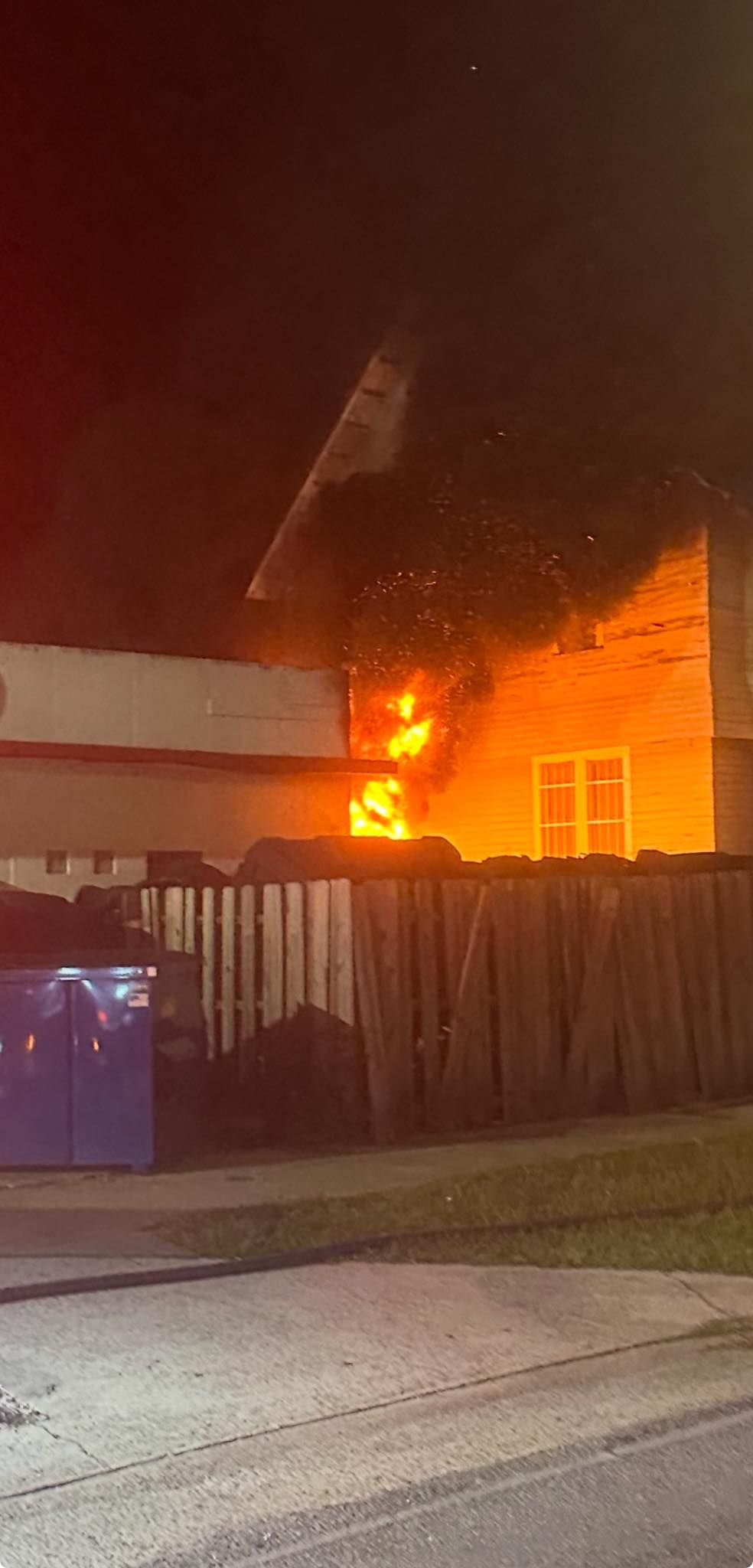COMIC BOOKS: The Shadow: Blood & Judgment
Published 10:00 am Saturday, August 24, 2019

- The Shadow: Blood & Judgment
Hard to believe the same number of years have passed since Howard Chaykin introduced his updated Shadow as had passed between the time period of his 1980s book and the character’s original run a generation earlier.
In other words, more than 30 years have passed since Chaykin’s Shadow and more than 30 years had passed since the Shadow’s 1930s-’40s run and the 1980s release of “The Shadow: Blood & Judgment.”
Trending
A few years ago, Dynamite Comics released Chaykin’s take. Dynamite Comics is the current home of the Shadow. Dynamite has presented a combination of the Shadow set in the ’30s and in modern times.
Chaykin chose “modern” when he took the reins in the 1980s.
The Shadow returns from a 30-plus-year absence when several of his associates are killed. His surviving, elderly associates are shocked, and jealous, to learn the Shadow has not physically aged, even though he is older than all of them.
Chaykin fills the story with plenty of updates.
The mysticism of his ancient city of Shambala, where the Shadow gets his powers, is based on advanced science rather than magic.
The Shadow has two sons born in Shambala, where they are considered unpure because of their shared bloodline with the outsider Shadow but are considered supermen in the rest of the world.
Trending
The Shadow is a creature from the 1930s, a man born in the late 1800s, he’s a sexist compared to the “enlightenment” of the 1980s.
The Shadow’s face does not become wildly contorted with the beak-like nose and furious eyebrows when he becomes the Shadow; he looks the same as he does as alter ego Lamont Cranston.
Actually, Chaykin’s Shadow is not very Shadow-like but it is one of the most interesting Shadow stories.
Interesting, too, that Chaykin chose to update the Shadow 30-some years ago. Chaykin’s illustrations as an artist and dialogue as a writer have a way of capturing the perceived zeitgeist of the 1930s, with characters such as Dominic Fortune set in that era to his “American Flagg” comic that stamped a 1930s look to a book set decades later.
Chaykin’s “Shadow” is a book recommended for “mature readers” then and still needs that label 30-plus years later. Maybe more so. What was questionably acceptable in the 1980s may be considered taboo in the political correctness of the 2010s.
Whether drawn in the 1980s with a character from the 1930s read in 2019, Chaykin’s story and art remain timeless. Chaykin is underrated as an influence on comics though what he did with books such as “The Shadow” and “American Flagg” are echoed in the writing and artwork of current comics creators.
And revisiting his work so many decades later, Chaykin’s take on the Shadow is still fresh, still new, still fun and exciting. Maybe more so than when it was first introduced.





